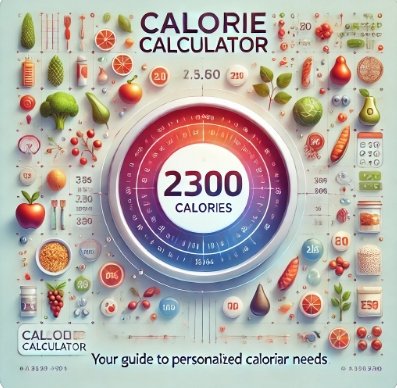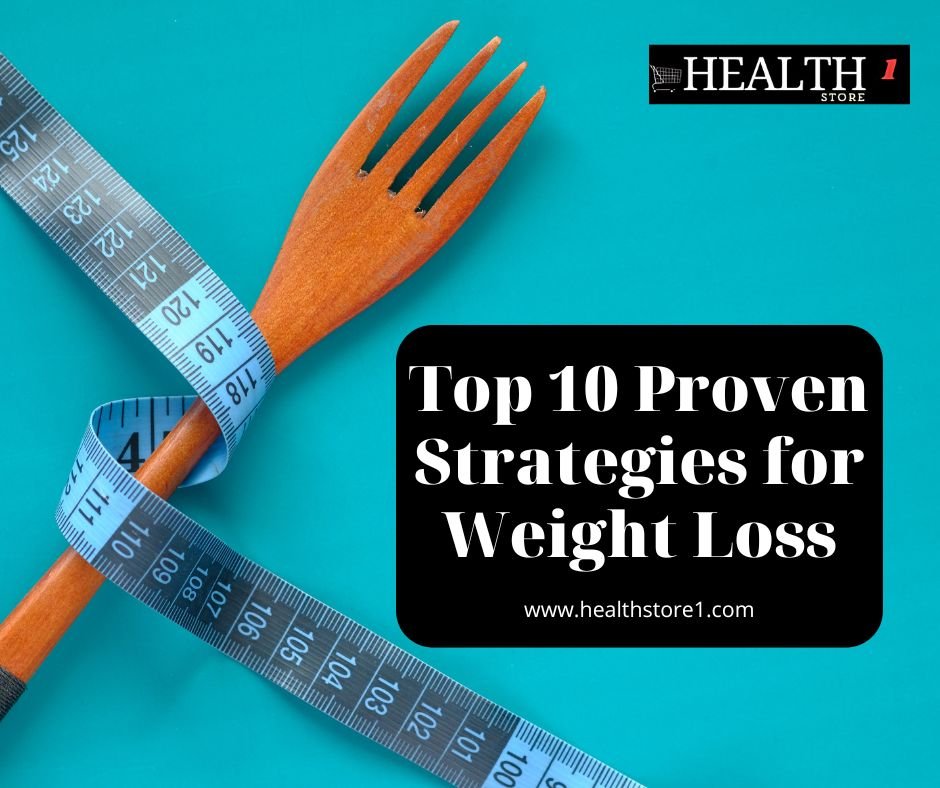Introduction
Understanding and managing your calorie intake is crucial for achieving your health goals, whether it’s weight loss, muscle gain, or maintaining your current weight. A calorie calculator can be a helpful tool in tracking calories, assessing your metabolic rate, and ensuring that you’re on the right path. This article explains how calorie calculators work, the science behind caloric needs, and how to apply these calculations to achieve your wellness goals.
Table of Contents
Calorie Calculator
What is a Calorie Calculator?
A calorie calculator is a tool that estimates the number of calories your body needs each day. These tools use information such as your age, sex, weight, height, and activity level to calculate your Basal Metabolic Rate (BMR) and Total Daily Energy Expenditure (TDEE).
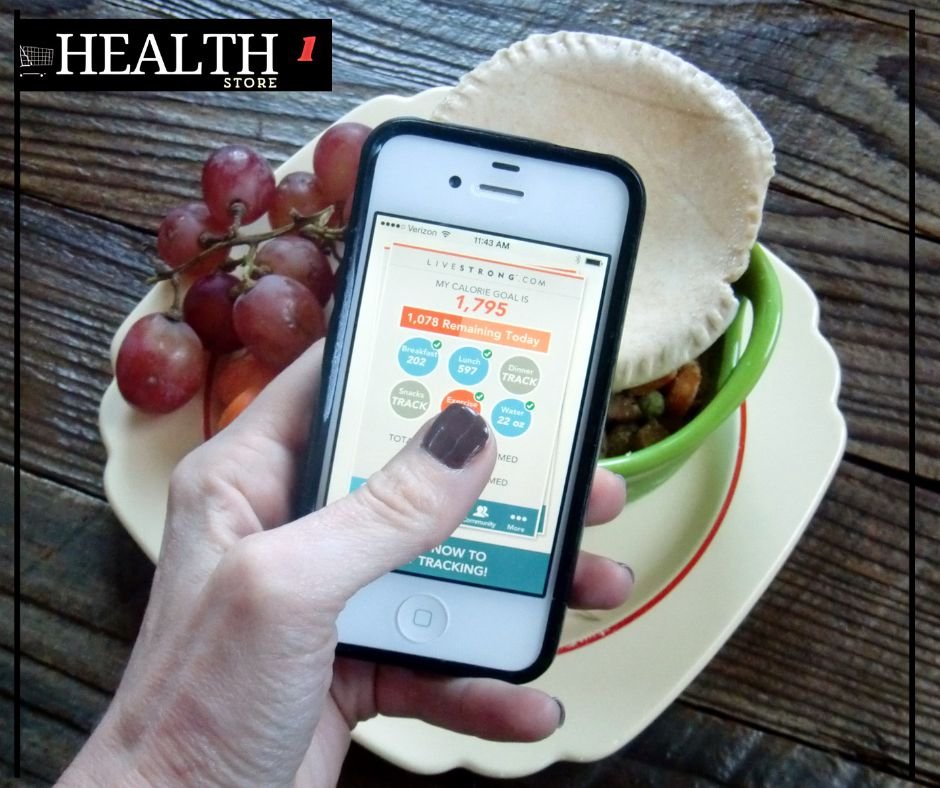
How Do Calorie Calculators Work?
Most calorie calculators rely on established formulas, with the Harris-Benedict and Mifflin-St Jeor equations being the most common. These equations help estimate BMR, which is the amount of energy your body uses at rest. From there, activity multipliers adjust the BMR to get your TDEE, or the calories needed to maintain your current weight based on your lifestyle.
Mifflin-St Jeor Equation:
- For Men:
BMR = (10 × weight in kg) + (6.25 × height in cm) – (5 × age) + 5 - For Women:
BMR = (10 × weight in kg) + (6.25 × height in cm) – (5 × age) – 161
Harris-Benedict Equation (Adjusted):
This formula includes activity multipliers for different lifestyle levels, giving you the TDEE:
| Activity Level | Multiplier |
|---|---|
| Sedentary (little/no exercise) | BMR × 1.2 |
| Lightly active (light exercise/sports 1-3 days/week) | BMR × 1.375 |
| Moderately active (moderate exercise/sports 3-5 days/week) | BMR × 1.55 |
| Very active (hard exercise/sports 6-7 days a week) | BMR × 1.725 |
| Super active (very hard exercise & a physical job) | BMR × 1.9 |
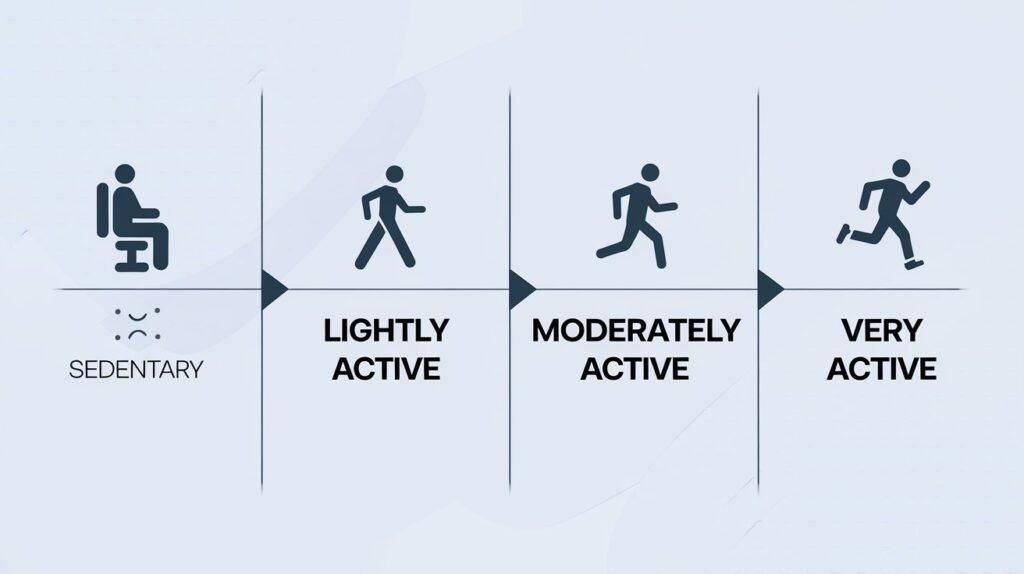
Why Knowing Your Caloric Needs Matters
A calorie calculator provides personalized data that can help you:
- Maintain Weight: Understand the calories needed for maintaining current weight.
- Weight Loss: Create a calorie deficit by reducing intake below your TDEE.
- Muscle Gain: Increase intake to create a calorie surplus, supporting muscle growth.
Types of Calorie Calculators
There are various calorie calculators, each serving a unique purpose:
- Basic Calorie Calculator
Calculates TDEE to maintain current weight based on activity level. - Macronutrient-Based Calculator
Provides a breakdown of recommended macronutrient intake (carbohydrates, proteins, fats) according to your caloric needs. - Exercise Calorie Calculator
Estimates calories burned based on exercise type, intensity, and duration.
Example: Daily Caloric Needs Based on Goals
| Goal | TDEE Adjustment | Caloric Recommendation |
|---|---|---|
| Weight Loss | 10-20% deficit | TDEE × 0.8-0.9 |
| Weight Gain | 10-15% surplus | TDEE × 1.1-1.15 |
| Maintenance | No adjustment | TDEE |
Using a Calorie Calculator for Weight Loss
For weight loss, using a calorie calculator to set a caloric deficit can be very effective. Studies indicate that a moderate caloric deficit of 10-20% is sustainable and minimizes muscle loss while promoting fat loss.
Statistics on Caloric Deficits and Weight Loss
- A caloric deficit of 500 calories per day can result in approximately 0.5 kg of weight loss per week.
- Research suggests that moderate deficits combined with increased protein intake help maintain lean body mass during weight loss.
Sample Daily Calorie Intake for Weight Loss (Sedentary Lifestyle)
| Weight | Gender | TDEE | 10% Deficit | 15% Deficit | 20% Deficit |
|---|---|---|---|---|---|
| 70 kg | Male | 2100 kcal | 1890 kcal | 1785 kcal | 1680 kcal |
| 70 kg | Female | 1800 kcal | 1620 kcal | 1530 kcal | 1440 kcal |
Factors Influencing Caloric Needs
Your caloric needs are not static and can be influenced by several factors, such as:
- Age: Metabolism typically decreases with age, reducing calorie needs.
- Muscle Mass: Individuals with more muscle mass have higher BMRs.
- Activity Level: Physical activity increases TDEE.
- Genetics: Genetic makeup can influence how efficiently your body uses energy.
Interesting Statistic:
Studies show that individuals with higher muscle mass may burn an additional 50-70 calories per day, even at rest.
Practical Steps to Track and Adjust Caloric Intake
- Track Your Intake: Use an app to log your food and monitor your calorie consumption.
- Adjust Based on Progress: Re-calculate your caloric needs every few weeks to ensure continued progress.
- Include Exercise Calories Wisely: Avoid relying solely on exercise for calorie management, as overestimating can hinder progress.
Common Questions About Calorie Calculators
Q: Can a calorie calculator help with muscle gain?
A: Yes, absolutely. By setting a small caloric surplus (generally about 10-15% above your Total Daily Energy Expenditure, or TDEE) and increasing your protein intake, you can support muscle growth. Muscle gain requires extra calories to fuel the body for strength training and repair muscle tissue. Keep in mind that building muscle is a gradual process, so patience and consistent strength training, paired with a balanced diet, are essential.
Q: Is calorie counting necessary for everyone?
A: Not necessarily. For some, intuitive eating (listening to hunger cues) works well without counting calories. However, calorie counting is especially beneficial for those with specific goals, such as weight loss, weight gain, or performance-based training. For beginners, it can be an eye-opener to understand portion sizes and the caloric content of different foods. Over time, many people develop a better sense of their needs and may no longer need to track every calorie.
Q: Do I need to use a calorie calculator forever?
A: No, calorie calculators are typically most helpful at the beginning of a weight management or fitness journey. Once you get familiar with portion sizes, your daily needs, and the typical calorie counts of foods you regularly eat, you can often transition to a less structured approach, focusing on balanced meals and mindful eating.
Q: How accurate are calorie calculators?
A: Calorie calculators provide estimates based on population averages and formulas like the Harris-Benedict or Mifflin-St Jeor equations. Although they’re a helpful starting point, actual caloric needs vary from person to person due to factors like genetic differences, metabolic efficiency, and muscle mass. Regularly monitoring your progress (e.g., changes in weight, muscle gain) and adjusting as needed is important for achieving accurate results.
Q: Can a calorie calculator help me break through a weight loss plateau?
A: Yes, it can help. If you’ve hit a plateau, your TDEE may have changed due to weight loss, or your activity level may need to be re-evaluated. Using a calorie calculator can help adjust your daily intake to a new calorie deficit level, allowing you to overcome the plateau. Additionally, consider tweaking your exercise routine to incorporate more high-intensity or resistance-based activities, which can boost metabolism and help break through plateaus.
Q: How does a calorie calculator account for differences in activity levels?
A: Most calorie calculators allow you to select an activity level that best represents your typical daily physical activity, ranging from sedentary to very active. This multiplier adjusts the Basal Metabolic Rate (BMR) to estimate TDEE. However, activity levels can be subjective, so if you engage in sporadic or intense exercise, it may be beneficial to adjust manually or test different levels to see which best suits your actual needs.
Q: Is there a difference between calories for weight loss and weight maintenance?
A: Yes, for weight loss, a calorie calculator recommends a slight caloric deficit (usually 10-20% below TDEE). For maintenance, it matches your intake to your TDEE, balancing calories consumed and burned. When the goal is weight gain, a calorie calculator would suggest a surplus to promote growth or increase in muscle mass, provided adequate exercise is included.
Q: Can I trust calorie counts on food packaging and restaurant menus?
A: While calorie counts on packaged foods are regulated, they may still vary due to rounding and portion sizes. Restaurant meals can be less reliable since portion sizes and ingredients aren’t as standardized. For home-cooked meals, using a kitchen scale to measure ingredients and cross-checking nutritional information can help ensure greater accuracy.
Q: Do calorie calculators consider macronutrients?
A: Some calorie calculators do, particularly those designed with athletes or body composition goals in mind. These calculators provide not only a caloric target but also a macronutrient breakdown (carbohydrates, proteins, and fats) based on your specific goal. Adjusting macronutrient intake can optimize results—for example, higher protein for muscle gain or moderate carb intake for endurance activities.
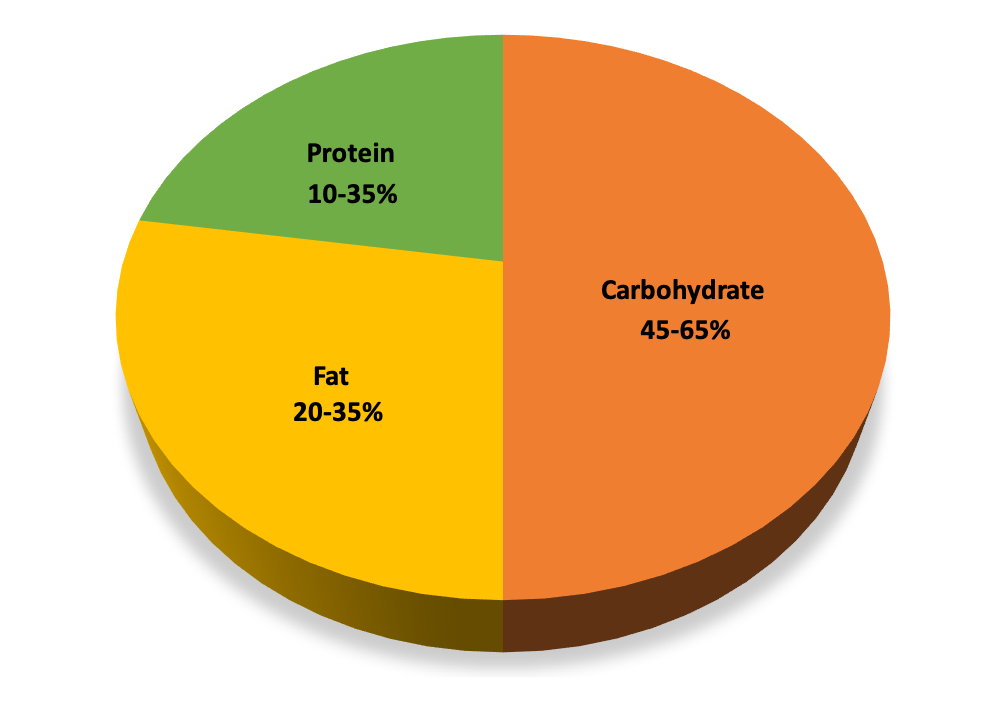
Q: How often should I recalculate my caloric needs?
A: It’s a good idea to recalculate your caloric needs every 4-6 weeks or after a significant weight change. As you lose weight, your caloric needs decrease because your body requires less energy to maintain a smaller mass. The opposite is true if you gain weight. Periodic recalculations can help keep your goals on track and adjust your intake according to your progress.
Q: Will using a calorie calculator work the same for everyone?
A: Not exactly—individuals have unique metabolic rates, genetic factors, and lifestyle differences that can impact results. While a calorie calculator is a fantastic starting point, you may need to fine-tune your intake based on how your body responds. Listening to hunger cues, monitoring energy levels, and adjusting based on progress are important for personalized results.
Conclusion
A calorie calculator can be a powerful tool for anyone looking to understand their caloric needs, manage weight, or fuel a specific fitness goal. By providing a science-backed approach to caloric intake, it helps you make informed decisions and tailor your nutrition. Remember that consistency and listening to your body are key to achieving long-term health goals.
References
- Hall, K. D., et al. “Quantification of the effect of energy imbalance on bodyweight.” The Lancet, vol. 378, no. 9793, 2011, pp. 826–837.
- Speakman, J. R., et al. “Physical activity and resting metabolic rate.” American Journal of Clinical Nutrition, vol. 80, no. 2, 2004, pp. 267–270.
- Hill, J. O., et al. “The importance of energy balance.” European Journal of Clinical Nutrition, vol. 60, no. 9, 2006, pp. 1161–1171.


